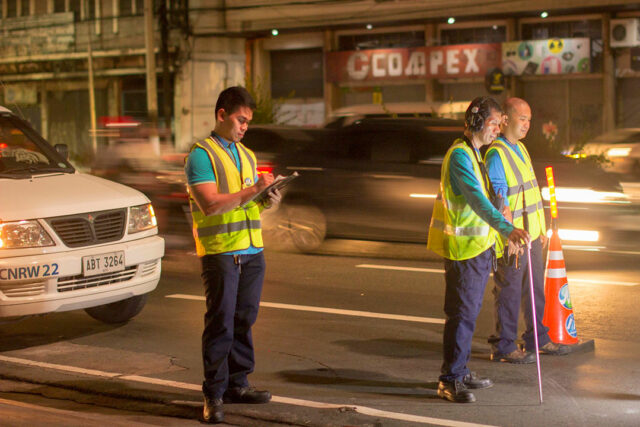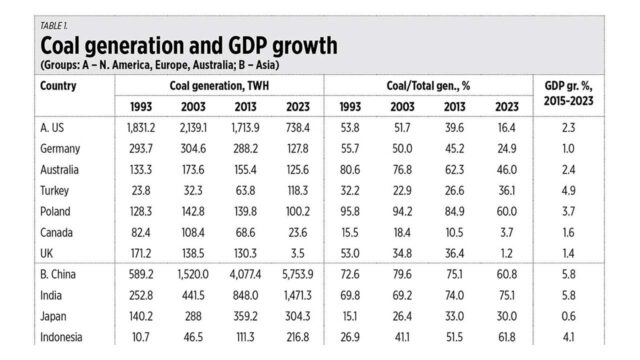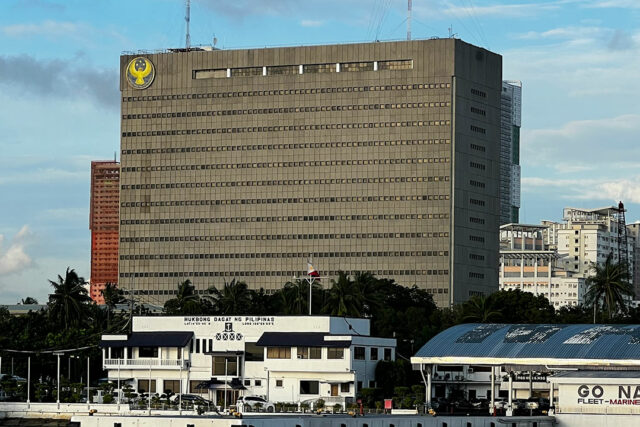Ancient Rome survived high inflation. We can too
WORRIED that inflation is coming down too gradually? The Romans had a not-so-subtle solution: Anyone suspected of ratcheting up prices faced execution. If you’re currently anxious about declining fertility across today’s major economies, they had an answer for that, too: Celibacy was discouraged among women, Vestal Virgins excluded. Offenders might forfeit their inheritance.
Few contemporary economic gripes that we live with today were absent in antiquity. The ancients saw it all. And had it worse. We ought to stop catastrophizing. Our current problems are both manageable and, in some ways, recognizable. Survivable, too.
Classics inspire modern governance, language, and athletics. The dramatic and colorful history of Rome and Greece bring perspective to our modern social and political conundrums. But parsing the business life of ancient civilizations usually takes a back seat to military tactics, art, and philosophy. That’s unfortunate, because without a vibrant economy, an Italian city’s conquests of present-day France, Spain, and Turkey would have been impossible. Armies need to be supplied and paid, populations fed, goods traded. Great powers then and now require formidable economies, even if they periodically lurch between expansion, slowdowns, and crises.
The bedrocks of Western Civilization saw everything, from currency debasement to bank runs and primitive forms of quantitative easing. It shows in the reverence that they’re still held by today’s central bankers. In this, maybe monetary authorities aren’t much different from the — forgive me — legions of other mostly male fans who liken some of the drudgery — and occasional thrills — of 21st Century daily life to the glories of empire.
Most recently, Bank of Korea Governor Rhee Chang-yong has taken to citing perhaps the greatest emperor, Augustus, saying last month: “It may be time to revisit the principle of ‘Festina Lente.’” For the ruler-declared-god who reigned from 27 B.C. until A.D. 14 and launched the Pax Romana, “make haste slowly” was a motto applied to everything from military campaigns to the flipside of a gold coin bearing his image. In the context of monetary policy, it means scout for an opportunity to lower rates without rushing. Too soon, and inflation reignites. Too late, the pressure on the economy triggers recession.
Roman rulers didn’t have central banks, much as they may have been handy. Not just to manage swings in prices and labor, but to throw to the lions when things went bad. That hasn’t stopped latter-day officials from developing an affinity for the imagery of antiquity. Former Fed boss Ben Bernanke’s latest book looks at forward guidance, the art of telegraphing your intentions in advance to minimize upheaval. He describes Delphic and Odyssean guidance. The former is vague, a forecast or inclination — not a promise, in the tradition of the mysterious oracle consulted by the Greeks — to go down a certain route. The latter is more declarative. Just as Odysseus strapped himself to the mast, this attempts to bind officials through a commitment to conduct policy in a specific way. Bernanke’s predecessor, Alan Greenspan, was dubbed the Delphic Oracle for his head-scratching utterances.
Inflation is an Eternal City of its own. While feuds, sex, and succession may have obsessed the Roman patricians, business cycles got their attention when problems became too great to ignore or delegate. They mostly improvised. Measures were aimed at fixing the most immediate problems, rarely at the long-term reorganization of financial life.
Emperors contended with system-wide blowups when small lenders in obscure parts of the empire faced a run. Tiberius, who succeeded Augustus, was faced with a credit crunch that required what historians consider a primordial version of QE or the Troubled Asset Relief Program, the loathed though successful bailout launched in 2008. Rome native Mario Draghi, who pledged to do whatever it took to save the euro in 2012, might have been at home, at least conceptually, with free bread to alleviate pressure on credit or household budgets. Let’s call it helicopter grain.
Then there’s Commodus, poster-boy for the decline of the Roman empire following his father, Marcus Aurelius, considered the last great emperor (though it must be said his incessant wars in Germania helped lay the seeds of ruin). As so often, Commodus (solo reign A.D. 180-192) personified the weaknesses of the system. He turned over management of the empire to ambitious and unscrupulous cronies, piled up taxes on the elite senatorial classes (who were in a position to plot against him) to pay for public entertainment, and officially lowered the size and silver purity of the denarius coin in the greatest devaluation since Nero more than a century earlier.
By the time of Diocletian in A.D. 301, inflation was so bothersome that he issued an edict that constrained the price of pretty much everything on pain of death. No item was too big or small to be covered: asparagus, bearskin, tunic dye, chariot axles, and slaves among them. Punishment for hoarding was even more severe.
The edicts don’t always lay out the form executions needed to follow, but the Romans were nothing but imaginative in criminal punishment: Crucifixion, being buried alive or tossed to wild beasts were some of the brutal ways the state could take life. Another miserable demise was to be put in a sack with snakes and thrown into a river. Lesser penalties could include being fined, jailed, flogged, sent to the mines, or banished from the city.
Like most price and wage controls, including Richard Nixon’s in the early 1970s, this decree did little to solve the issue, and worsened other problems. Food shortages and a labor crunch resulted, according to Stephen King, author of We Need to Talk About Inflation: 14 Urgent Lessons from the Last 2,000 Years. How did things get so bad?
“Excesses of the previous three centuries had developed, in part, because the empire found itself at near-continuous war on numerous fronts and had to discover a way of funding an ever-increasing wage bill for its soldiers. Debasing the coinage was the obvious answer.”
This was genuine currency debasement, not the faux conservative rallying cry in the US after the subprime calamity. Rapid inflation, which right-wing pundits thought would ruin America, didn’t happen; that had to await the pandemic. Rome got the real thing. People chipped pieces off coins for material to make new ones, leaving them all with less precious metal and hence value. At first, it was tiny amounts. Then there was eventually so little gold or silver that Weimar-levels of inflation were reached. Rebellious legions angry over missing or worthless pay toppled rulers.
Diocletian’s edict was eventually rescinded. Instability forced the empire to split into Western and Eastern realms. The century after his crackdown on inflation, Rome itself would be sacked by Visigoths.
Economic records of truly olden times are patchy. Relatively little scholarship is devoted to the history of commerce. There is no surviving equivalent to minutes of the Federal Open Market Committee. No dot plots on stone tablets. But that lack of specificity may have worked at the time. In I Claudius, the epic BBC series adapted from the novel by Robert Graves, Augustus loves the phrase “as quick as boiled asparagus.” His wife considers it ridiculous and admonishes him. The response: “It’s my expression and I’ll use it whenever I like.”
Alan Greenspan would approve.
BLOOMBERG OPINION


















